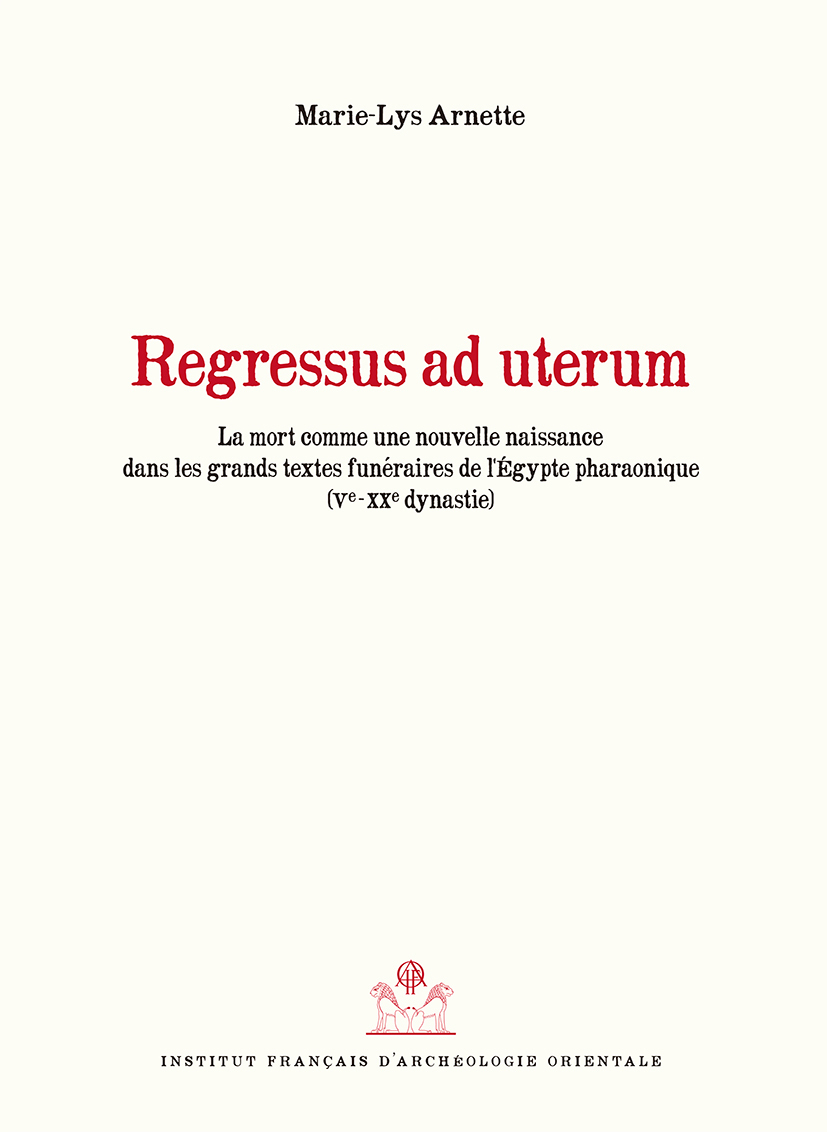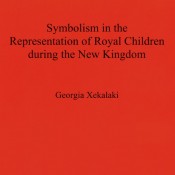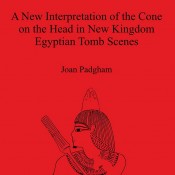Marie-Lys Arnette, Regressus ad uterum. La mort comme une
nouvelle naissance dans les grands textes funéraires de l’Égypte
pharaonique (BiEtud 175), IFAO, 2020. 480 pp. ISBN 9782724707434.
This work, stem from a doctoral dissertation, aims at demonstrating
that referring to birth and its practical modalities is an essential
aspect of Ancient Egypt’s funerary beliefs. From the Pyramid Texts
to the books of the afterlife in the New Kingdom, funerary writings
of Egypt are full of allusions to post mortem fate viewed as a
second birth, which imitates more or less precisely the biological
process of the first. Be he king or an ordinary man, the dead is
carried in gestation by one or several divine mothers and is
born again in the afterworld; there, his umbilical cord is cut,
he is washed, fed and cared for like a newborn child. Numerous
mythical elements join the purely practical ones, thus reinventing
the biological model and showing the intermingling of both the
worldly and the cosmic levels. Thanks to this cyclic process,
not only does the deceased access the hereafter, but he is also
eternally alive there.





